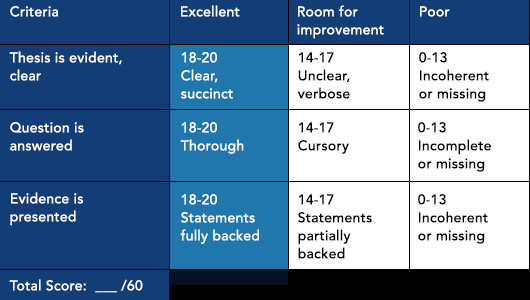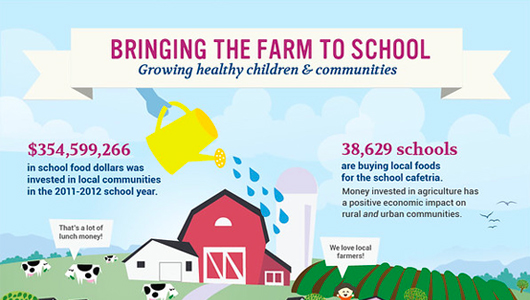authentic assessment
au·then·tic as·sess·ment
/ə-ˈthen-tik/ /əˈses-mənt/
Noun
A type of assessment for which students are asked to meaningfully apply what they’ve learned, sometimes with participation in real-world opportunities. Examples include portfolios, performance tasks, analyses, journals, or any significant product designed to showcase a student’s mastery.






